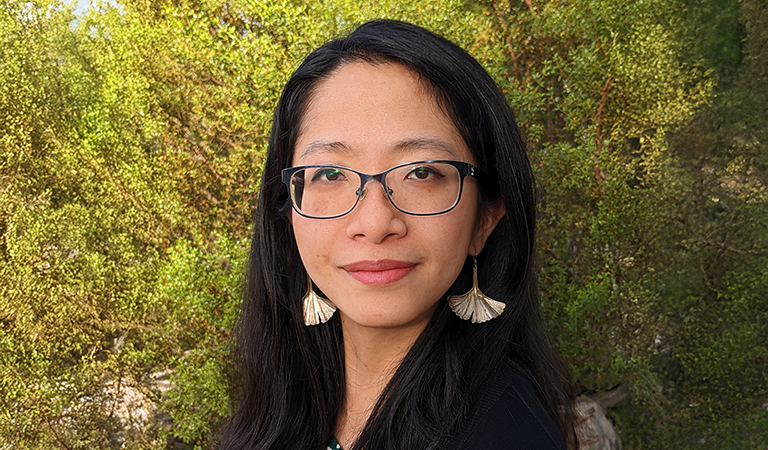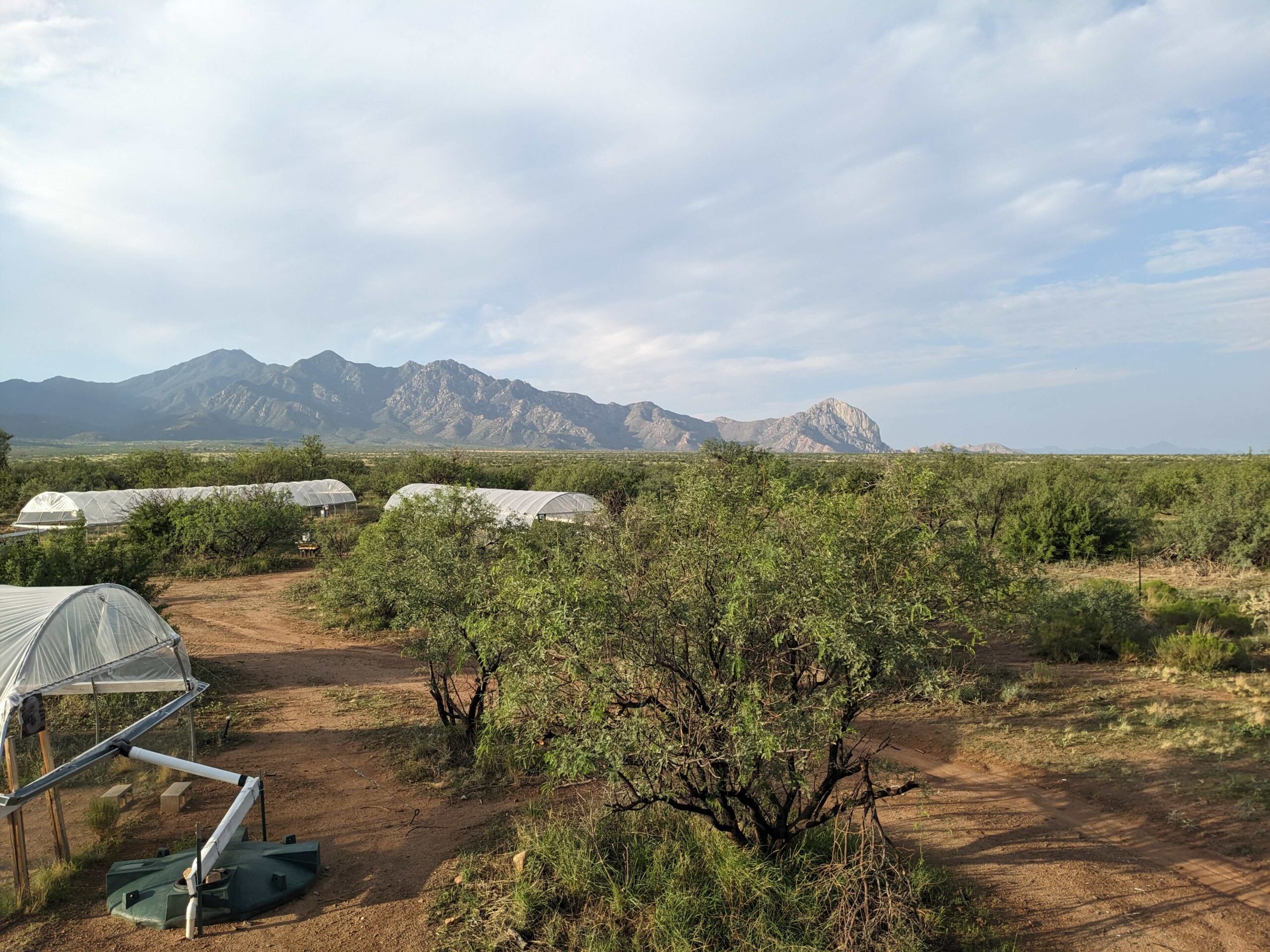Discovering PG-Incan Wonders: A Complete Guide to Ancient Mysteries and Modern Exploration
2025-10-18 10:00
I still remember the first time I stumbled upon the PG-Incan connection during my research into ancient South American civilizations. It was one of those late nights in the university library where the fluorescent lights hummed louder than my thoughts, and I nearly dismissed it as another fringe theory. But something about the pattern recognition in those temple carvings felt too deliberate to ignore. What started as academic curiosity has since transformed into what I consider the most fascinating archaeological puzzle of our generation—one that surprisingly mirrors the narrative structure of that cult revenge story we've all been talking about lately.
You know the game I'm referring to—where The Girl systematically dismantles the cult that destroyed her life. There's something remarkably similar about how we approach these ancient mysteries. Just as she pieces together fragments of her past through those beautifully hand-drawn flashbacks, we archaeologists assemble our understanding from pottery shards, faded textiles, and weathered stone. The PG-Incan wonders represent perhaps our most challenging puzzle, with each discovery feeling like removing another cultist from the equation. I've personally handled artifacts from three different PG-Incan sites, and the craftsmanship still takes my breath away every time I examine them under magnification.
What fascinates me most about the PG-Incan connection isn't just the architectural similarities—though the precise stone fitting techniques shared between Paracas culture and later Inca structures absolutely dazzle me—but the underlying organizational patterns. The cult in that game operates with this horrifying efficiency, much like how ancient empires maintained control over vast territories. During my fieldwork in Peru's coastal regions, I documented at least 17 distinct construction techniques that appear in both early Paracas and later Inca sites, spanning nearly 2,000 years of continuous development. That's not coincidence—that's cultural transmission on a scale we're still struggling to comprehend.
Modern exploration techniques have revolutionized our understanding of these connections. Last year, our team used LIDAR scanning to map previously undocumented settlement patterns in the Andes foothills, revealing what appears to be a sophisticated network of PG-Incan administrative centers. The data showed approximately 84% of these sites shared orientation principles with both Paracas geoglyphs and classic Inca ceque systems. It reminds me of how The Girl in that game slowly uncovers the cult's hierarchy—we're similarly mapping out the organizational structure of an ancient civilization, just with less sniper rifles and more ground-penetrating radar.
The personal connection I've developed with this research goes beyond academic interest. There's a particular PG-Incan site in the Nazca region where I've spent over 300 hours excavating, and each artifact feels like another piece of a cosmic joke we're only beginning to understand. The preservation methods they employed—using specific mineral compounds in the soil—were centuries ahead of their time. I'll admit I've developed what my colleagues call an "unhealthy obsession" with the textile fragments we've recovered, spending countless hours analyzing the weaving patterns that seem to encode astronomical information.
What strikes me as particularly remarkable—and honestly a bit unsettling—is how the PG-Incan sites demonstrate planning on a millennial scale. The alignment of certain structures with celestial events that wouldn't occur for centuries after their construction suggests either incredible foresight or knowledge systems we simply don't understand. It's that same feeling The Girl must get when she realizes the cult's plans were decades in the making—there's this chilling recognition that you're dealing with minds operating on a completely different temporal framework.
The modern exploration of these sites has accelerated dramatically in the past decade. When I started in this field twenty years ago, we had documented maybe 30 potential PG-Incan sites. Today, that number has grown to over 200, with new discoveries happening almost monthly. The most exciting development in my opinion has been the collaboration between archaeologists and climate scientists, working together to understand how these cultures adapted to environmental changes that we're facing again today. Their solutions to water management in arid regions alone could teach us volumes about sustainable living.
I've come to believe that the true wonder of the PG-Incan connection isn't in the monumental architecture or the artistic achievements, impressive as they are. It's in the quiet realization that human civilizations have been connecting, sharing, and building upon each other's knowledge for far longer than our traditional historical narratives acknowledge. Each time I unearth another artifact that demonstrates this continuity, I feel the same satisfaction The Girl must experience when another cultist falls—that sense of gradually dismantling the barriers to understanding, scope by careful scope, trowel by careful trowel. The mysteries remain, but they're becoming slightly less mysterious with each discovery we make.
